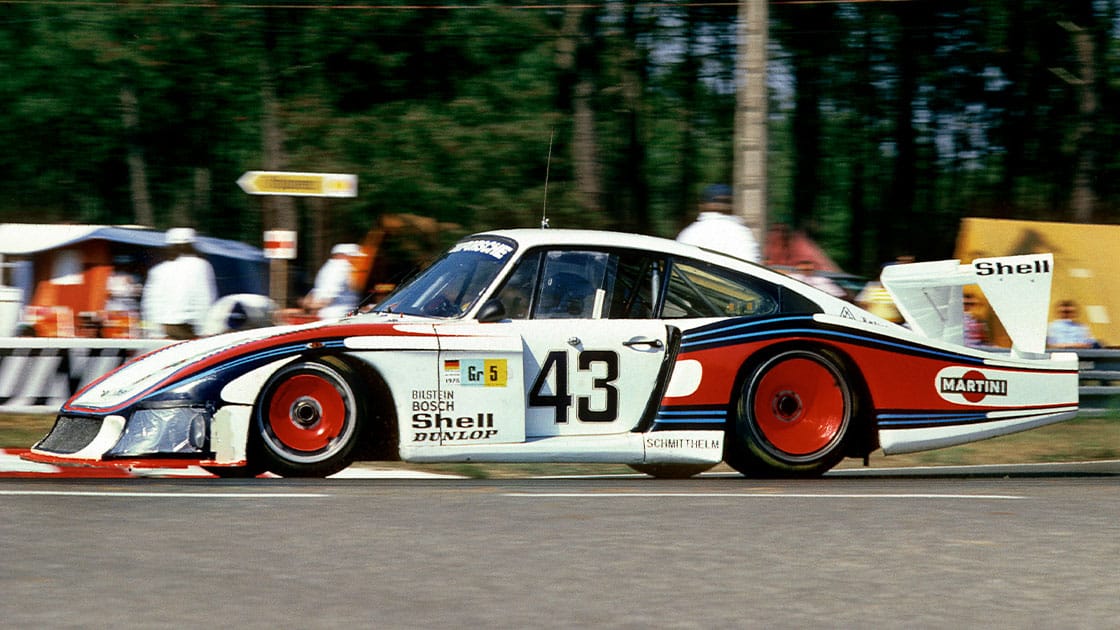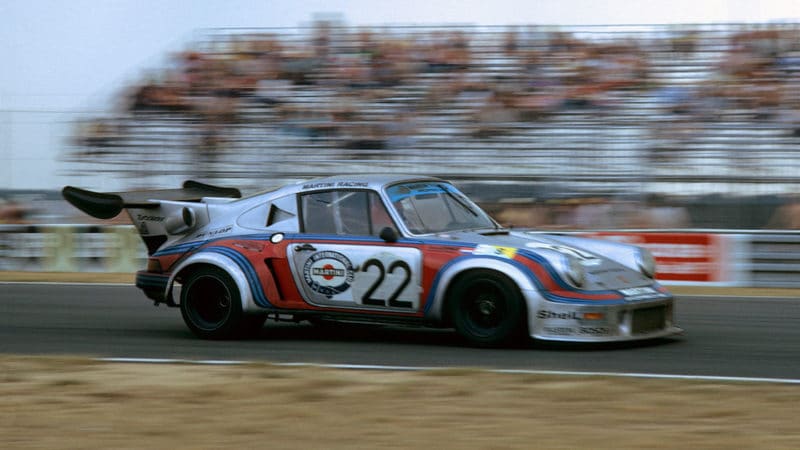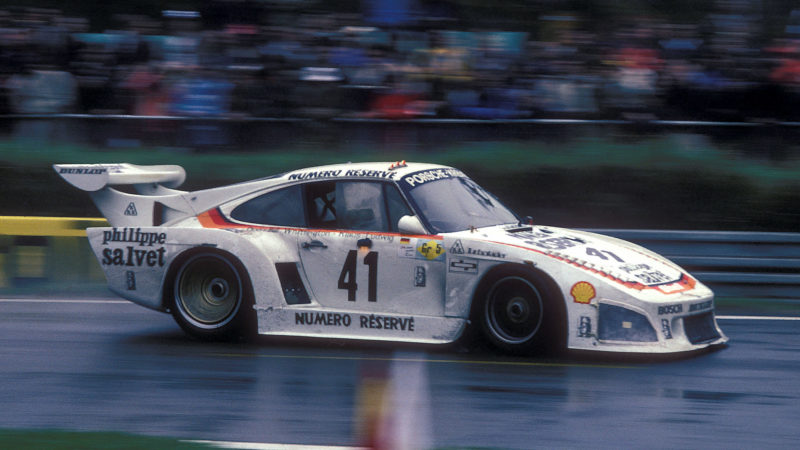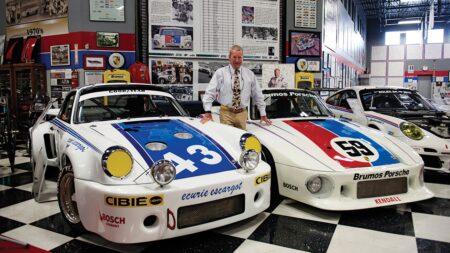Starting out with a standard steel bodyshell and floorpan, beefed up with additional bracing in line with the 934, much of the outer metal was substituted by glassfibre: only the roof was still made of steel. The regulations allowed free interpretation of the bodywork and Porsche’s backroom boffins made full use of that. The front end was detachable in two pieces for access to the fuel and oil tanks. At the rear, the intercooler for the fuel-injected and turbocharged 2865cc flat-six was installed within a box-like cowling which supported the rear wing. Beneath all the Tupperware add-ons, the 911 Turbo’s cast rear swing arms picked up on ball-joint mountings, while the front end was suspended by tubular wishbones with rising-rate titanium coil springs all round. Brakes – meaty, drilled and ventilated discs clamped by aluminium four-piston callipers – were lifted from the 917.
Following its triumphant entrance at Mugello, the 935 won again at Vallelunga by which time the rule makers insisted on a few tweaks for the remainder of the ’76 season. They demanded Porsche replace the air-to-air intercooler with a more compact water-cooled version. It made little difference to its outright pace, with only BMW’s 3.5-litre CSL giving any cause for concern before backing out at the end of the year. Given free reign for ’77, the by now twin-turbocharged brute won every round. By the following year, works development resulted in what was essentially a fully spaceframed car which represented the end of significant in-house involvement in the model. As is typical in Porsche lore, it was left to enterprising privateers to maintain the model’s relevance.
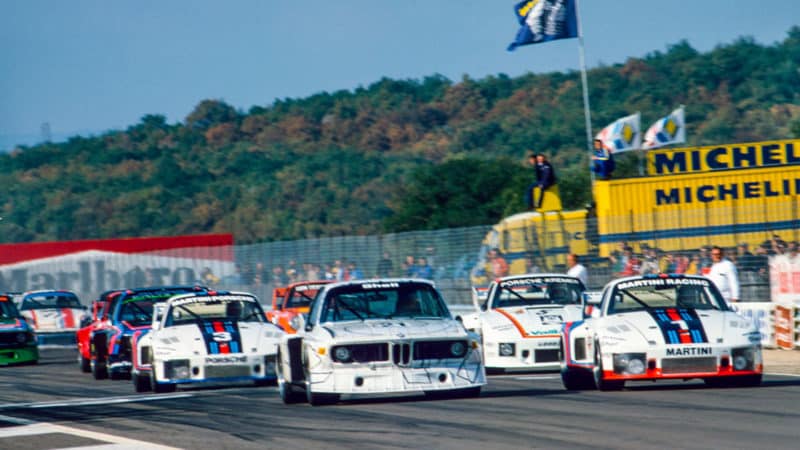
Ickx (No1) at wheel of 935 at Dijon during debut year
DPPI
Yet before the works dropped out completely, it did usher in two distinct sub-species, the one-off ‘Baby’ being built to win a televised round of the Deutsche Rennsport Meisterschaft (DRM) at the Norising in June ’77. On learning that only the up to 2-litre class was going to be aired, Porsche president Dr Ernst Fuhrmann requested a smaller-capacity car be built in just eight weeks. Ickx retired this curio after being overcome by heat exhaustion. However, the Belgian made amends in the following round at Hockenheim, winning by half a lap.
More extreme still was the loopy 935/78, better known as Moby Dick due to its whale-like proportions. With a roofline lowered by 75mm and extensive spaceframing of the chassis/rollcage along with innumerable aero tweaks, this remarkable device would race only four times. At the Silverstone Six Hours in May 1978, Ickx and Mass won by seven laps. They then retired at Vallelunga and the Norising (a DRM event) before managing only eighth at Le Mans following frequent problems.
